Equipment
Should you be using a blade or mallet putter?
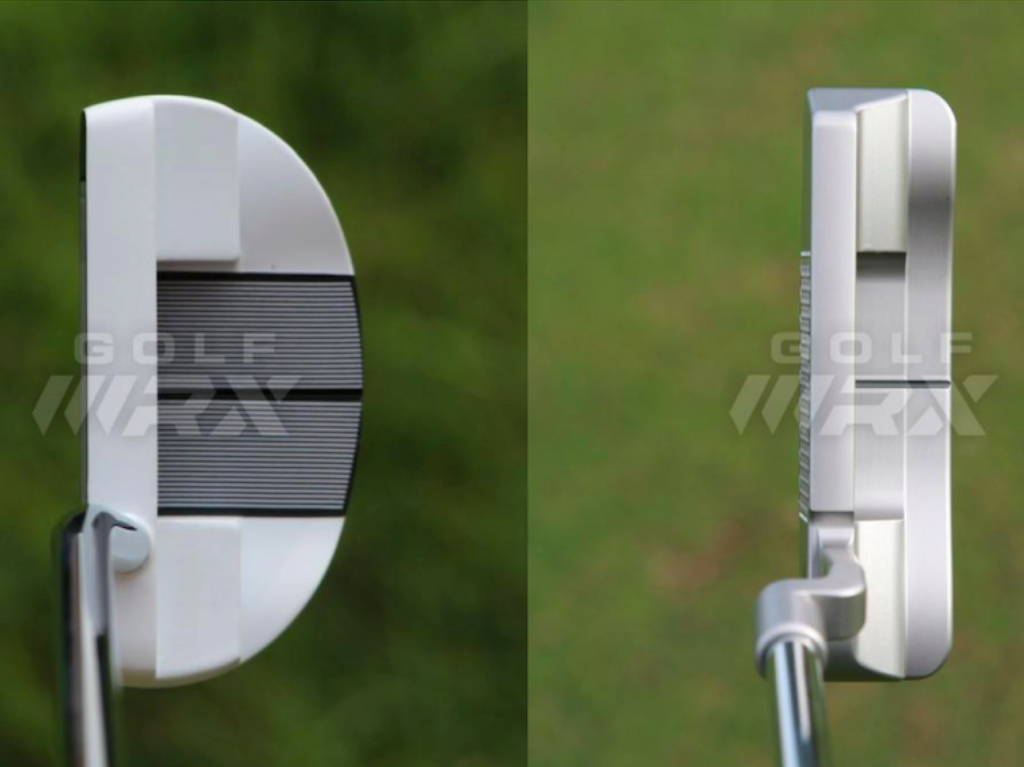
‘Should I use a blade or mallet putter?’ It’s a frequent question, and here we will provide you with our essential guide to help you decide.
Blade vs Mallet: Which style suits you?
As far as golf equipment goes, your putter may be the most critical item in your bag. That’s why it’s crucial to know the key features of both blade and mallet putters and what they are designed to provide so that you can closely identify which style of putter your stroke and game require to help you lower your scores.
Blade Putter
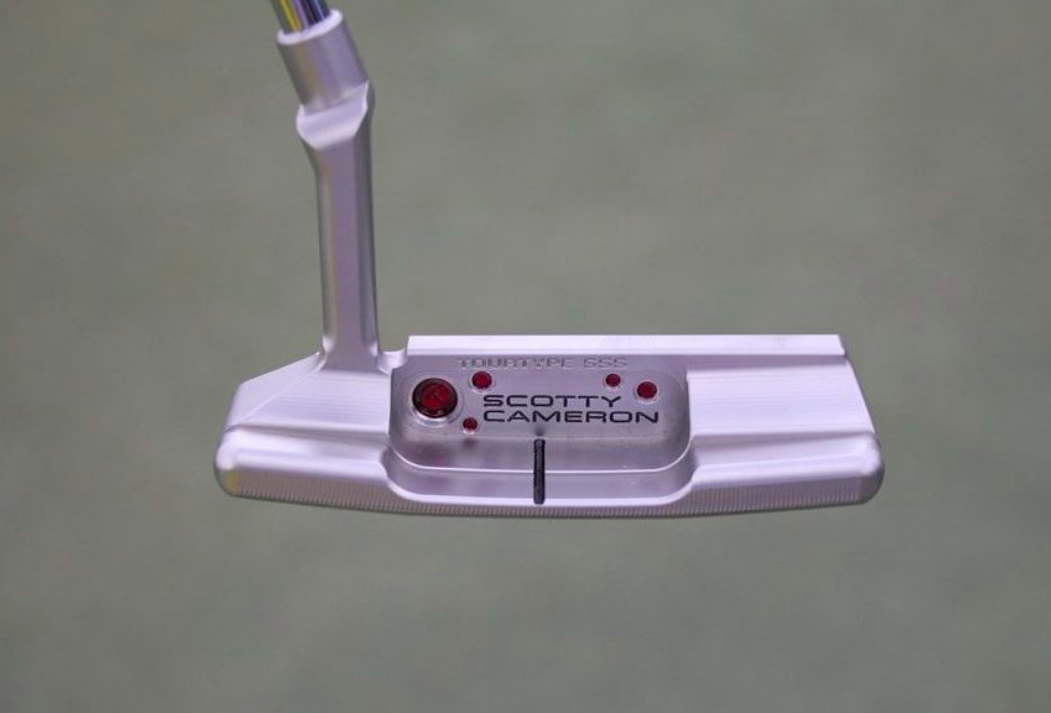
The traditional blade putter features a sweet spot positioned closer to the heel and designed to offer maximum feel to golfers on the greens
A blade putter contains a traditional head shape and is a favorite amongst golf ‘purists’. Blade putters are heavily toe-weighted with a sweet spot positioned closer toward the heel. This sweet spot position is because the shaft connects to the club head of the blade at the heel or sometimes center of the blade. This heavy toe-weighting and heel sweet spot means that blade putters will typically suit players who have an arc in their putting stroke.
Mallet Putter
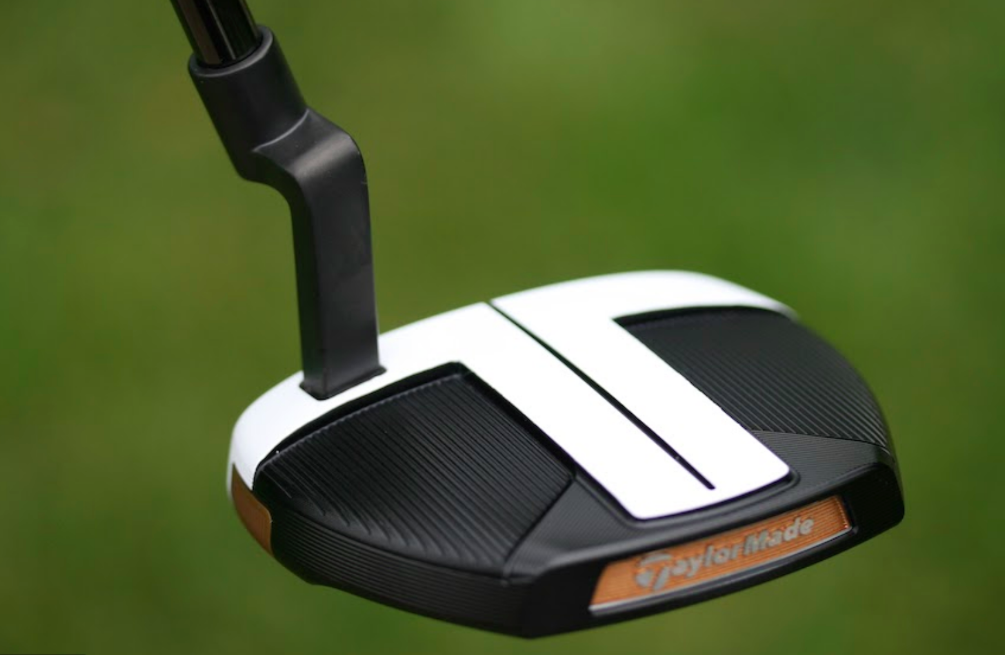
A mallet style putter gives players stability and balance in their stroke.
The more modern style mallet putter is a flat-stick with a larger head. The heads come in various shapes and sizes, and because of the size, a lot of the weight is often distributed away from the clubface so that players find plenty of stability and balance in their stroke.
The ‘game improvement’ style of the mallet putter means that the larger sweet spot will help players who struggle to strike the ball directly in the center of the face, and the added weight in the clubhead is designed to prevent the putter twisting during the stroke.
Mallet putters also offer additional aid when it comes to alignment, offering more prominent features than a blade such as longer or added lines and can also benefit golfers who struggle to hit putts hard enough due to its heavier weight.
Do pros prefer blade or mallet style putters?
With the 2020 season in the books, we can take a look at who were the top-10 performers in the Strokes Gained: Putting department for 2020 and see what style of putter they used:
- Denny McCarthy: Scotty Cameron Tour-Only Fastback – Mallet
- Matthew Fitzpatrick: Yes C-Groove Tracy II – Blade
- Andrew Putnam: Odyssey White Hot RX No. 5 – Mallet
- Kristoffer Ventura: Scotty Cameron Newport – Blade
- Kevin Na: Odyssey Toulon Madison – Blade
- Matt Kuchar: Bettinardi Kuchar Model 1 – Blade (Wide)
- Ian Poulter: Odyssey Stroke Lab Seven – Mallet
- Mackenzie Hughes: Ping Scottsdale TR Piper C – Mallet
- Maverick McNealy: Odyssey Toulon – Blade
- Bryson DeChambeau: SIK Tour prototype – Blade
Blade style 60% vs Mallet style 40%
Should I use a blade or mallet putter?
Typically, this choice comes down to feel and stroke. Your stroke, just like the stroke of a professional, is unique, and your stroke will determine which style of putter will help you perform best on the greens. Like any other club in your bag, fitting and testing is a key element that shouldn’t be overlooked.
That being said, there are two prominent strokes and identifying which category you fall into can help identify where you fall in the Blade vs Mallet putter debate..
Square-to-square stroke vs Arced stroke
Square-to-square stroke
A square-to square stroke is when the putter face is lined up square to the target, and the stroke is straight back and through. If you possess a natural square-to-square stroke, you may be more suited to a mallet putter. The reason for this is that a mallet putter is face-balanced with the center of gravity positioned toward the back of the club meaning the club is designed to stay square to the putter path all the way through the stroke.
Arced stroke
An arced stroke is when the putter face will open and close relative to the target, and the stroke travels on a slight curve. Should you possess an arced stroke, then a blade putter may be more suited for you because of the natural toe-weighting of the blade-style putter.
Other factors to consider
Feel players will also usually opt for a blade-style putter, due to the desire to feel the way the ball reacts off the putter face which allows them to have more control over their putting and to gain confidence.
Don’t put aside the issue of aesthetics when considering the issue too. The look of a putter can inspire confidence, and each individual will feel different when placing either a blade or mallet-style putter behind the ball at address, so choosing a style which makes you feel comfortable is an important aspect to consider.
Hopefully, you’ve now got more knowledge as to how you can find the right putter shape for you and your stroke. At the end of the day, the right putter for you, whether it’s a blade or mallet, will be the one which helps and inspires you to make more putts.
- LIKE447
- LEGIT62
- WOW26
- LOL22
- IDHT13
- FLOP18
- OB13
- SHANK55
Equipment
A shocking Backstryke putter appearance + 7 interesting gear photos from the Zurich Classic
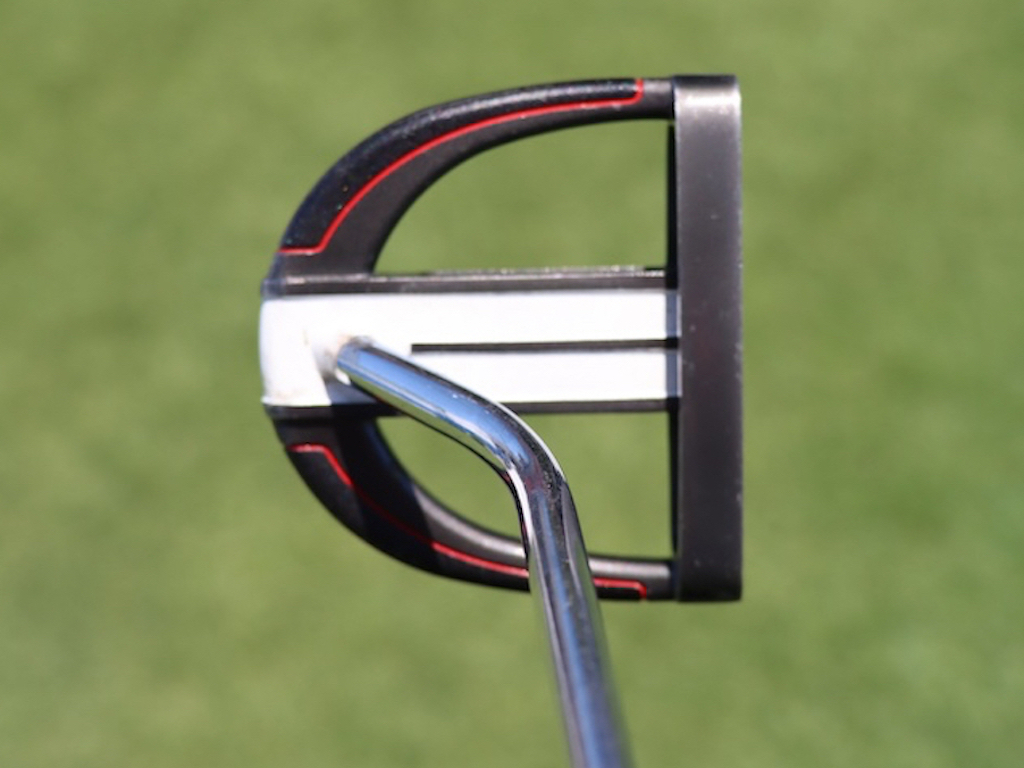
Welcome to New Orleans, where TPC Louisiana plays host to the 2024 Zurich Classic. In between breakfast beignets and nightly Creole feasts, PGA Tour players are also competing in the unique two-man format at the Zurich this week.
Although the vibes in Nawlins are a bit lighter-fare than the recent back-to-back competitions the Masters and the RBC Heritage signature event), the gear news was no less serious this week.
We spotted some recent changes from Rory McIlroy, a very rare Odyssey Backstryke putter, dove into the bag of legendary New Orleans Saints quarterback Drew Brees, and spotted Patrick Cantlay continuing to test new equipment.
Get your beads out and crack your crawfish, because it’s time for an equipment rundown from The Big Easy (meaning New Orleans, of course, not Ernie Els).
See all of our photos from the Zurich Classic here
Rory’s on-and-off lob wedge
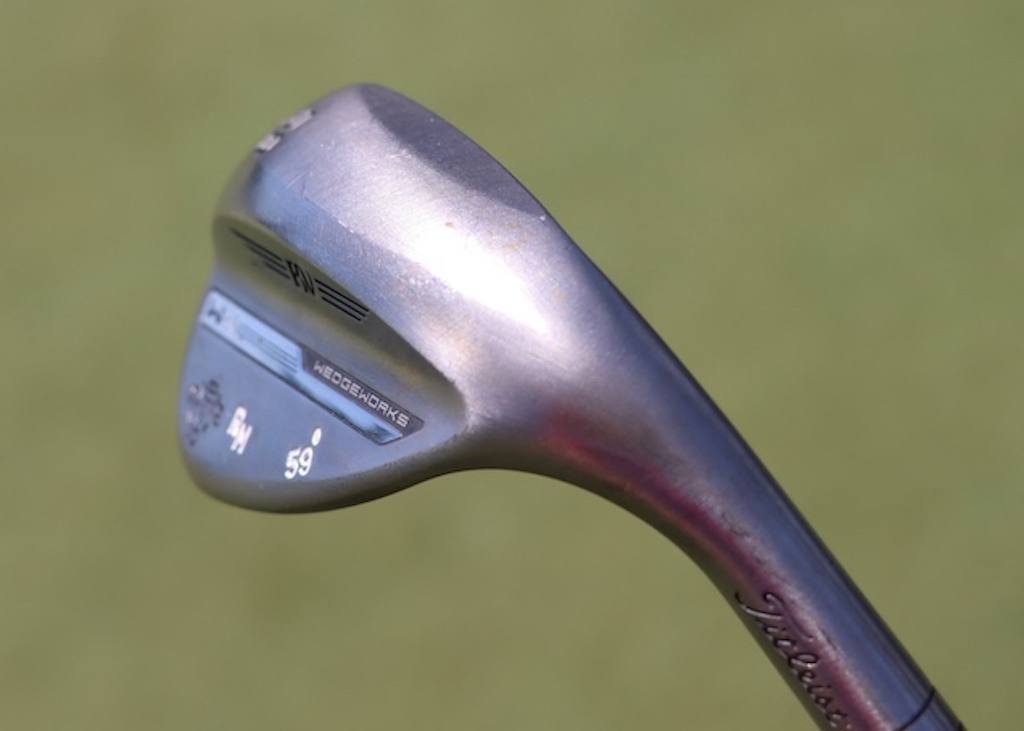
Since the end of 2023, Rory McIlroy has had an on-again, off-again relationship with a Titleist Vokey K-Grind lob wedge. In his last start, it was on, and the wedge is back in the bag again this week. We got a great look at the complicated grind that McIlroy uses.
View this post on Instagram
A full look into McIlroy’s bag above also shows that he switched out of the TaylorMade BRNR Mini Copper that he used at the RBC Heritage, and he’s back into the Qi10 core 3-wood. As we discussed last week, McIlroy will likely keep the BRNR around as a course-specific club, trading it in and out for the 3-wood.
See Rory McIlroy’s full 2024 WITB from the Zurich here
Turning Back the clock
Unless Tommy Gainey is in the field, it’s unlikely you’ll ever see Odyssey’s Backstryke technology make an appearance on the PGA Tour.
But then, when you least expect it, Russ Cochran shows up.
For more than a decade – since the 2013 Sony Open in Hawai’i – Cochran has been stuck on 599 PGA Tour starts. This week will be his 600th.
Cochran is in the field at the Zurich this week playing alongside Eric Cole, whose regular caddie is Reed Cochran, Russ’s son.
The Backstryke putter was first released back in 2010, and its unique design helps shift the axis point of the putter closer to the CG of the head. And, the putter is getting a nod this week at the Zurich Classic, thanks to Cochran’s 600th career PGA Tour start.
The putter is certainly awesome, but don’t forget to check out Cochran’s full WITB from this week.
Drew Brees with a Super Bowl winning Scotty Cameron putter
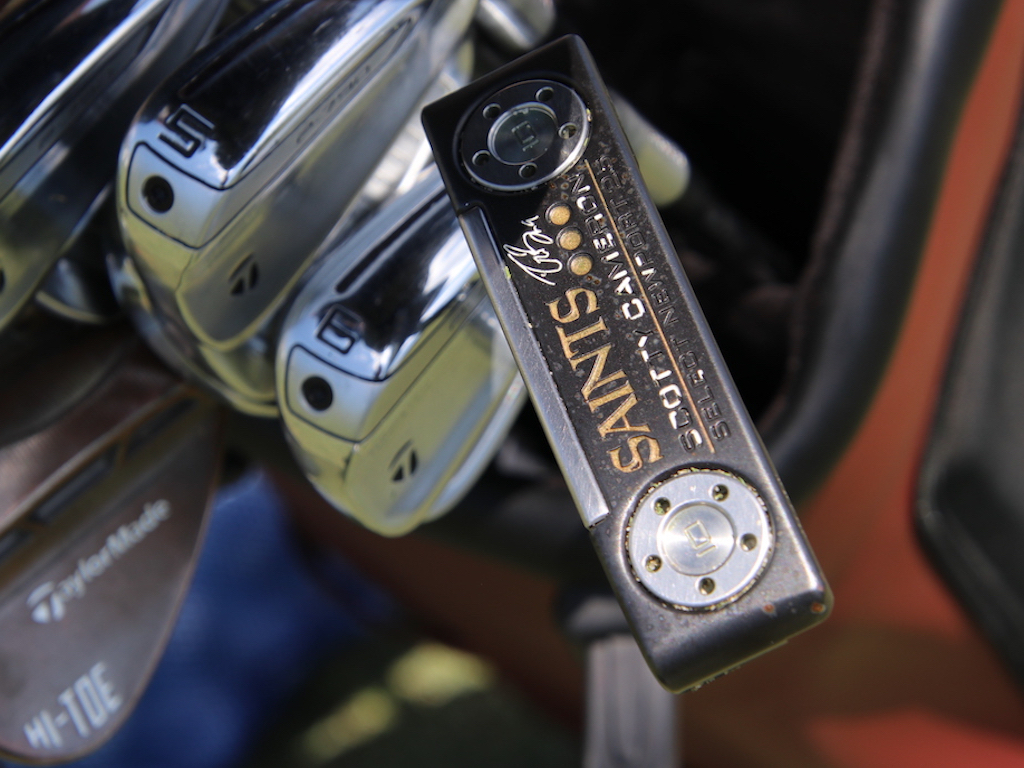
Drew Brees, a legendary retired quarterback for the hometown New Orleans Saints, made an appearance at the Zurich’s Wednesday Pro-Am, playing alongside Zach Johnson, Ryan Palmer, and current Saints QB Derek Carr.
Brees’ bag included a TaylorMade Stealth2 Plus driver, a BRNR Mini 13.5-degree, a Stealth 5-wood, a mixed set of P-790 and P-760 irons, Milled Grind Hi-Toe wedges, and a custom Scotty Cameron “New Orleans Saints” putter, which Scotty made for Brees following his Super Bowl MVP-winning performance in 2010.
View this post on Instagram
It should also be noted that Brees has his Venmo QR code as a bag tag.
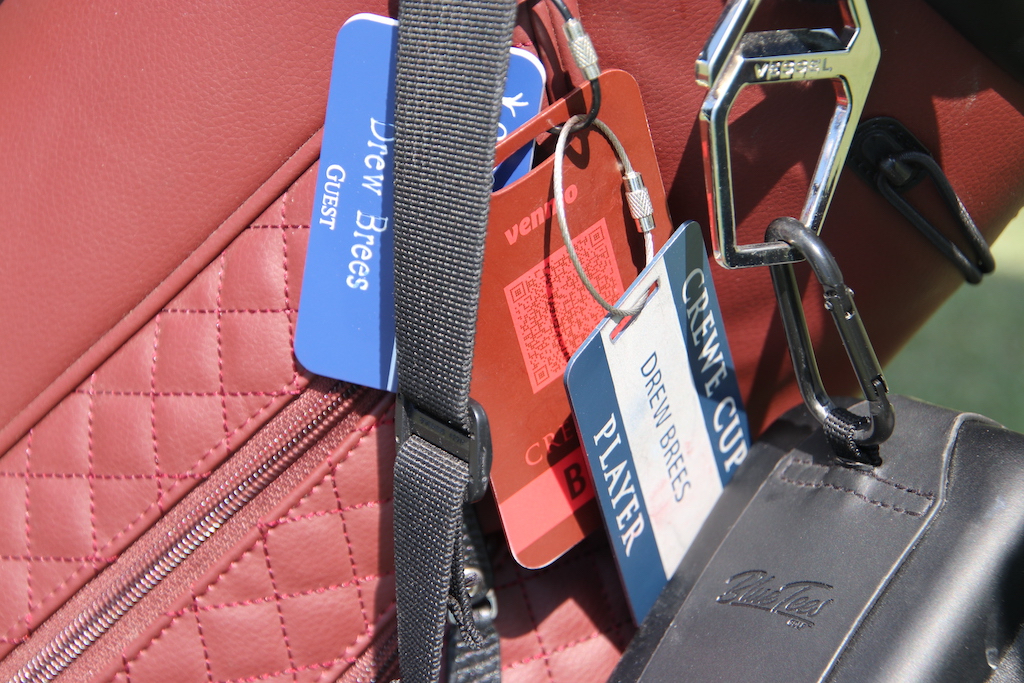
If you’re gambling with Brees on the course, just know that not having cash won’t work as an excuse.
Brilliant.
See Drew Brees’ full WITB from the Zurich here
Stricker’s unrecognizable putter
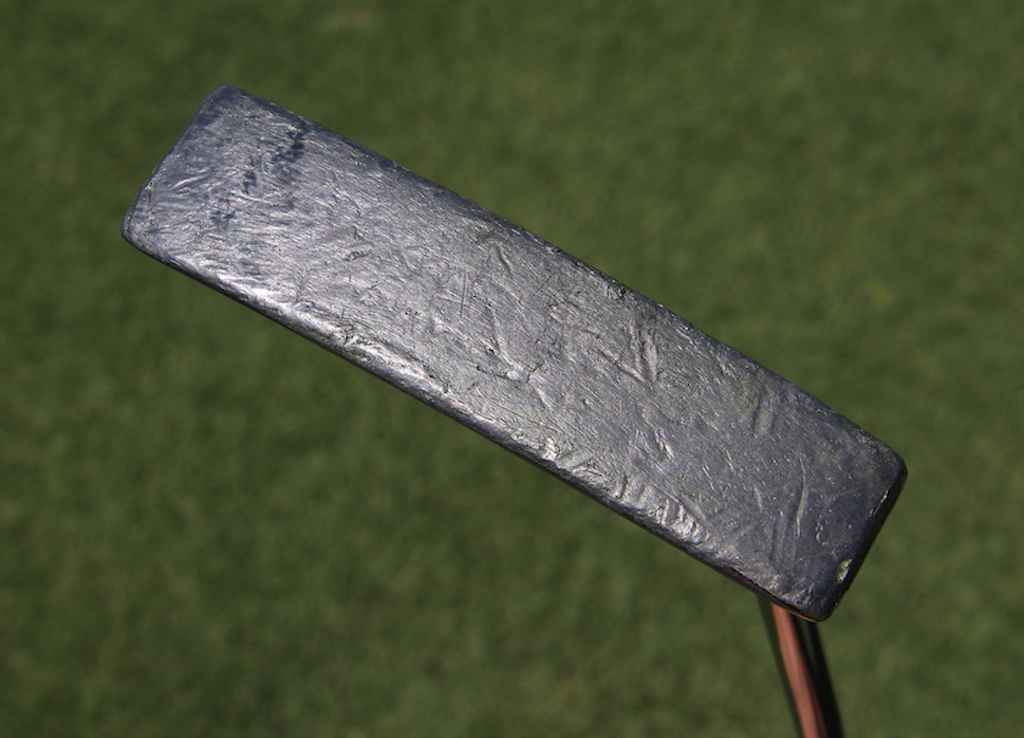
Steve Stricker has made numerous upgrades to his bag recently, including a new TSR3 driver and T100 irons, but his longtime Odyssey White Hot No. 2 putter is still going strong. It’s the most recognizable unrecognizable putter ever.
Here’s a better look at Stricker’s flatstick, which he started using back in 2007.
View this post on Instagram
Patrick Cantlay has opened the equipment-switching floodgates
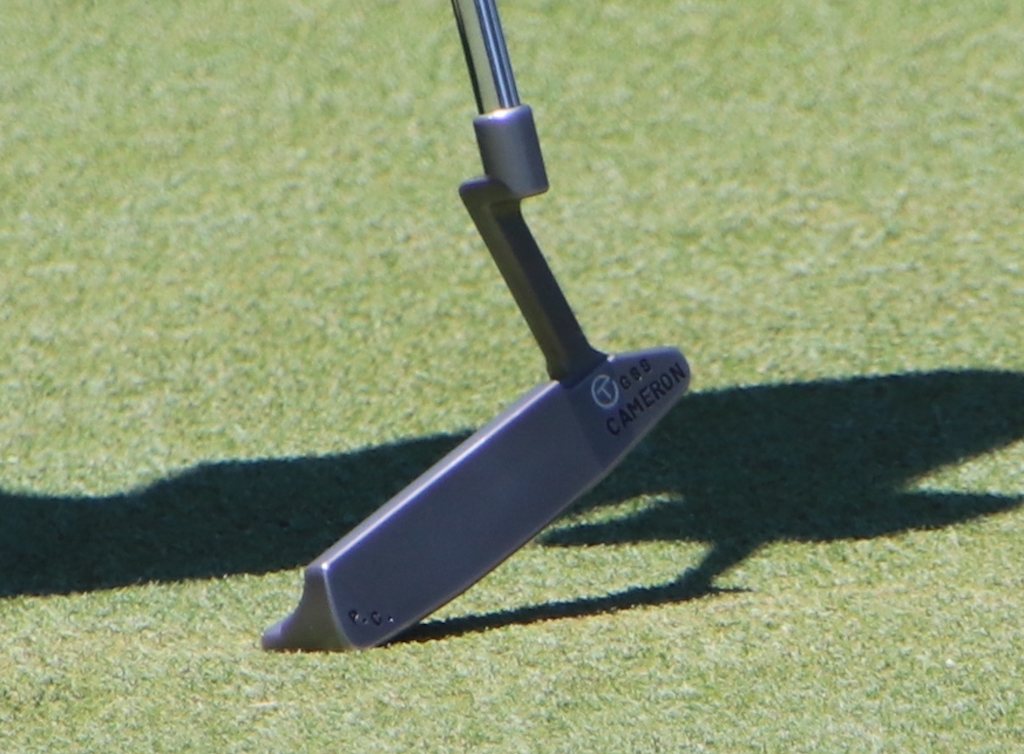
Over on the PGA Tour’s Equipment Report this week, we covered Cantlay’s recent switch into Ping Blueprint S irons, and a Titleist TSR2 driver.
Cantlay hadn’t switched irons for about seven years, so the iron switch he made at The 2024 Masters came as a shock to the norm. He simply isn’t one to change gear very often, so anytime Cantlay makes a switch, it’s news.
It seems the floodgates of equipment testing have opened up a bit for Cantlay, who was also spotted testing a custom Scotty Cameron blade putter on Tuesday this week. By Wednesday, Cantlay was back practicing with his familiar Scotty Cameron T5 Proto mallet, but it’s certainly something to keep an eye on going forward.
Daniel Berger’s custom Jailbird site lines
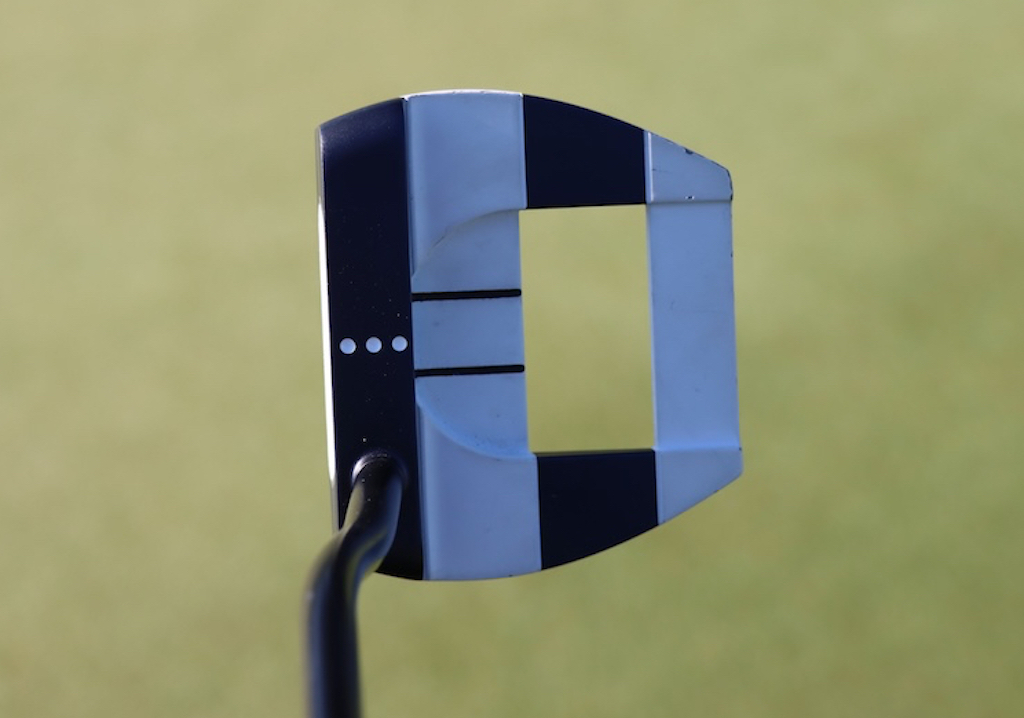
Berger, who’s currently using Odyssey’s Ai-One Mini Jailbird mallet putter, has a unique 3-dot, 2-line alignment on the crown of his navy-white-navy-white mallet putter. Looking down at the putter, it’s easy to see why this alignment system would help; it just seems impossible to set up to the ball off-center, or misaligned to the target.
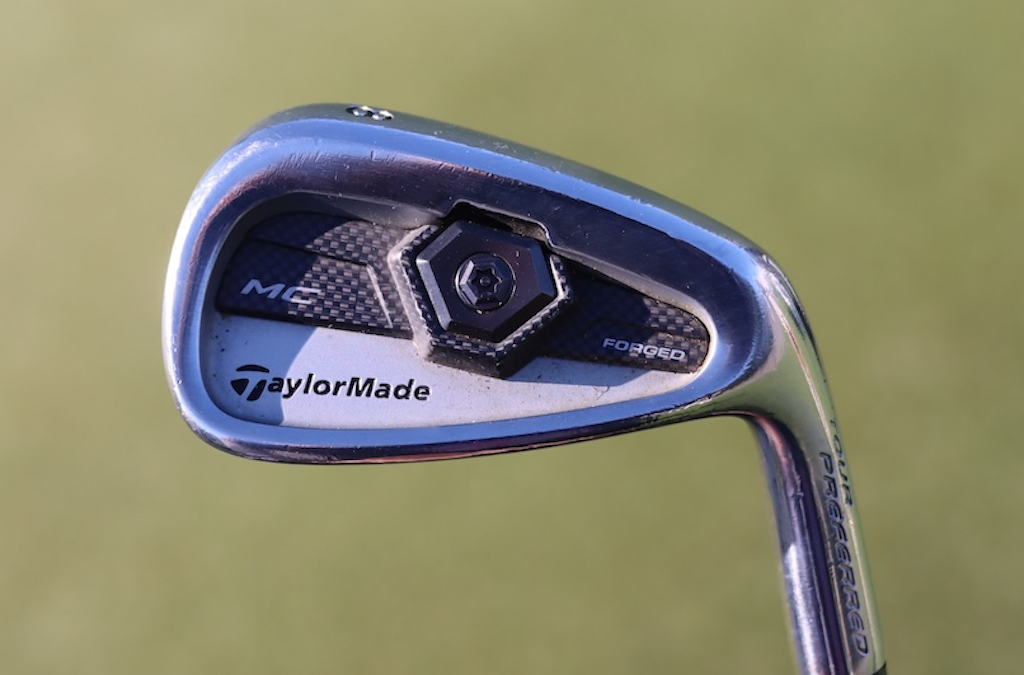
Also, for anyone worried, you can rest easy. Yes, he’s still playing the 2013 TaylorMade TP MC irons, which we highlighted in our recent “Modern Classics: Old vs. New” video testing series.
FitzMagic teams back up
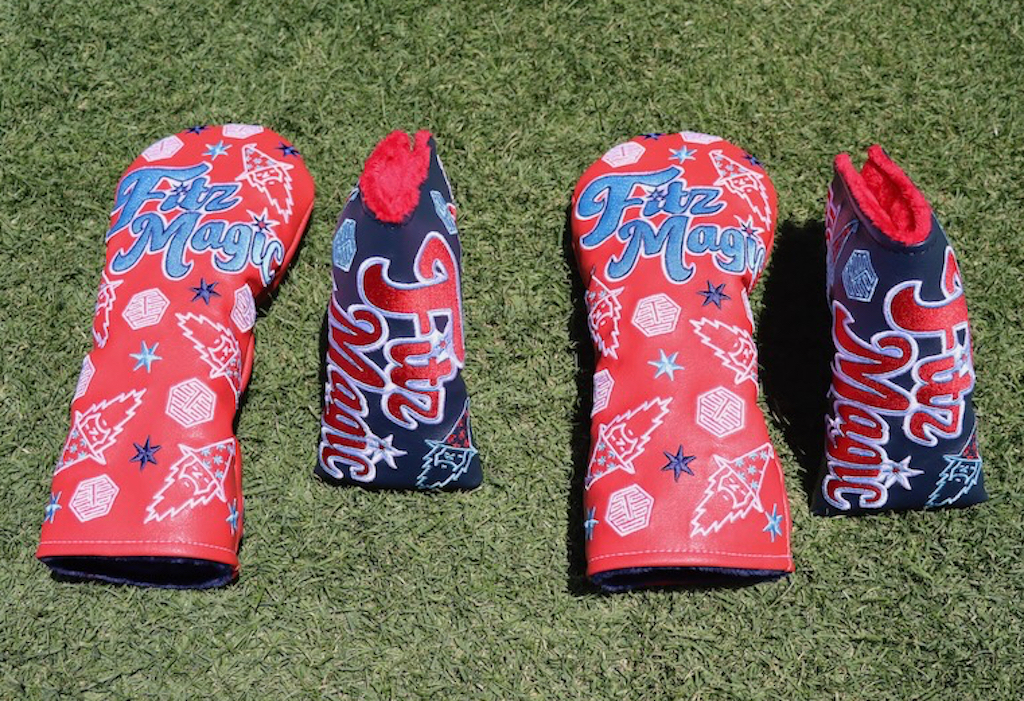
Brothers Matthew and Alex Fitzpatrick are teaming up once again at the Zurich this year, and Bettinardi Golf hooked them up with some festive “FitzMagic” headcovers to match this week.
See what else is in Alex Fitzpatrick’s WITB here
And, with that, we say goodbye to the Zurich Classic in New Orleans. Don’t forget to check out all of our photos from this week, including 30 unique photo galleries full of equipment photos.
We’ll see you next week in Texas for the 2024 CJ Cup Byron Nelson!
- LIKE8
- LEGIT0
- WOW0
- LOL0
- IDHT0
- FLOP0
- OB0
- SHANK0
Whats in the Bag
Alejandro Tosti WITB 2024 (April)
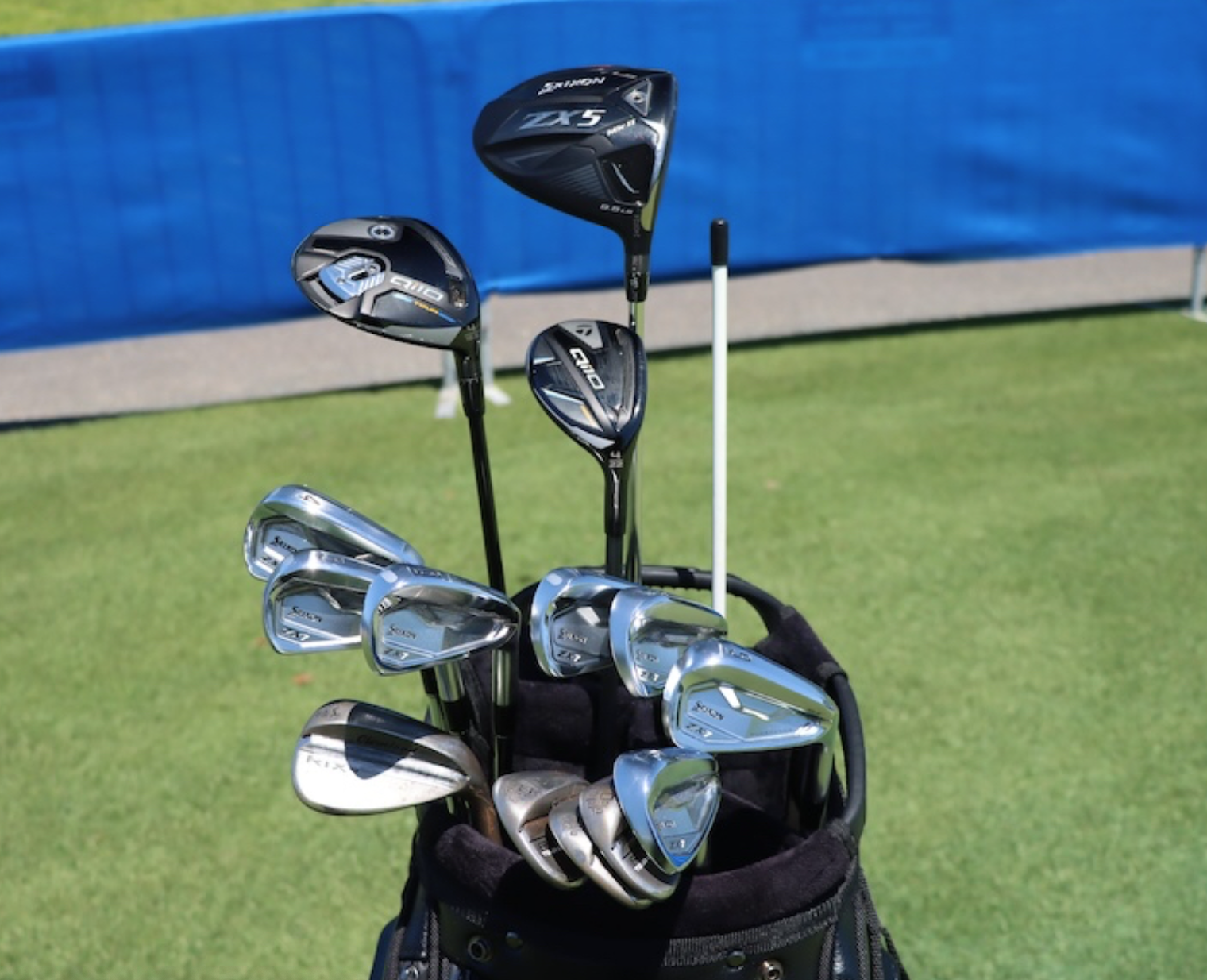
- Alejandro Tosti what’s in the bag accurate as of the Zurich Classic.
Driver: Srixon ZX5 Mk II LS (9.5 degrees @10.5)
Shaft: Project X HZRDUS T1100 75 6.5
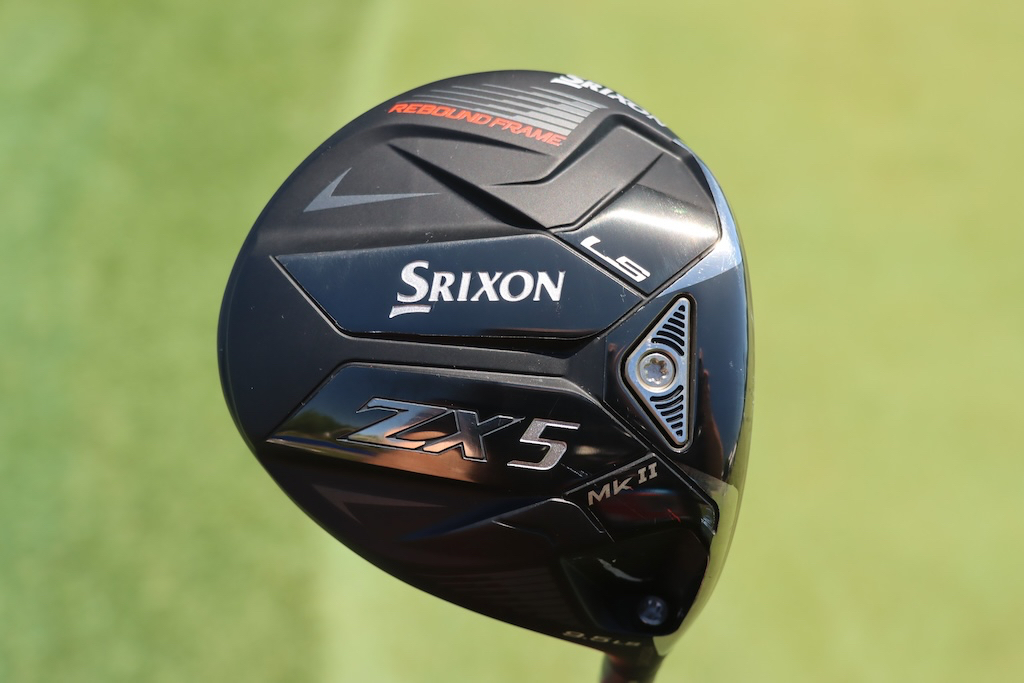
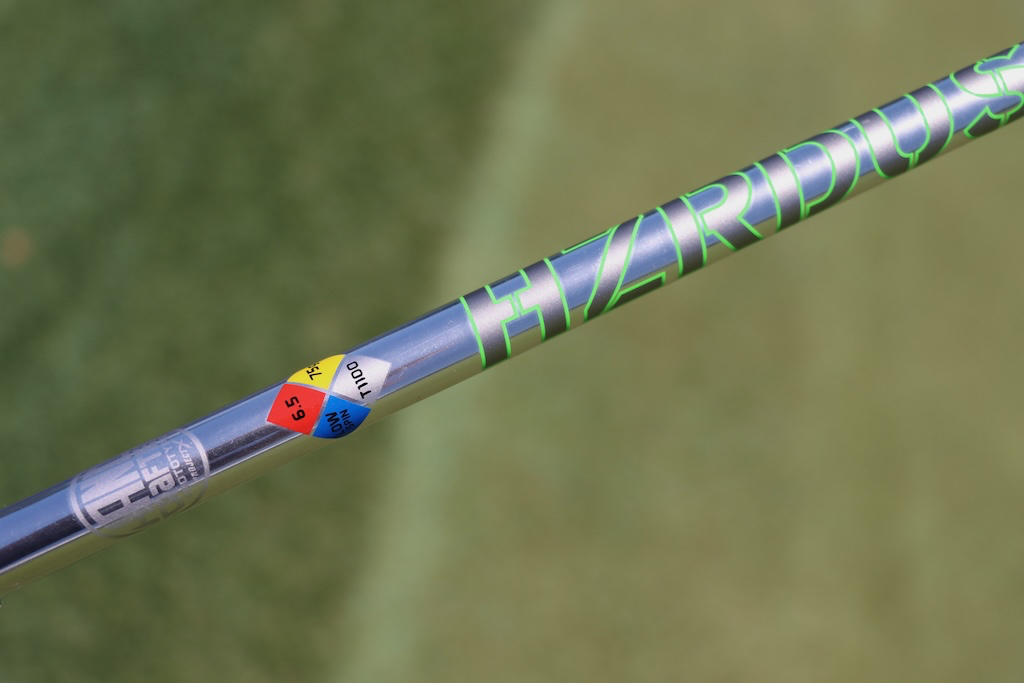
3-wood: TaylorMade Qi10 Tour
Shaft: Project X HZRDUS Black 80 TX
Hybrid: TaylorMade Qi10 Tour Rescue (22 degrees)
Shaft: Project X HZRDUS Smoke Black RDX 6.5 100
Irons: Srixon ZX7 Mk II (4-PW)
Shafts: True Temper Dynamic Gold Mid Tour Issue X100
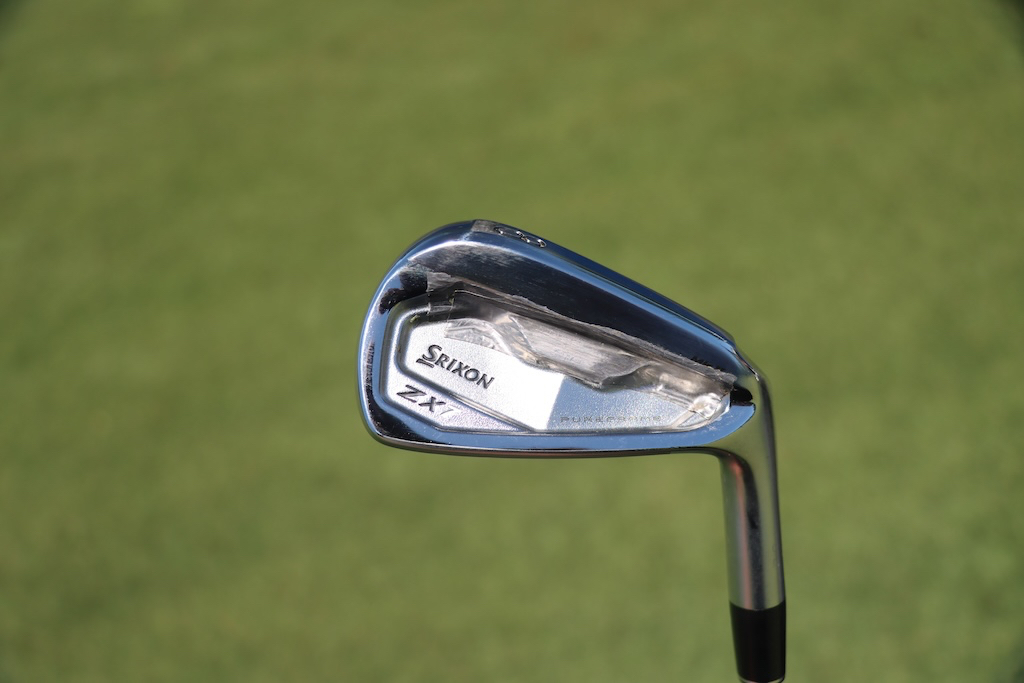
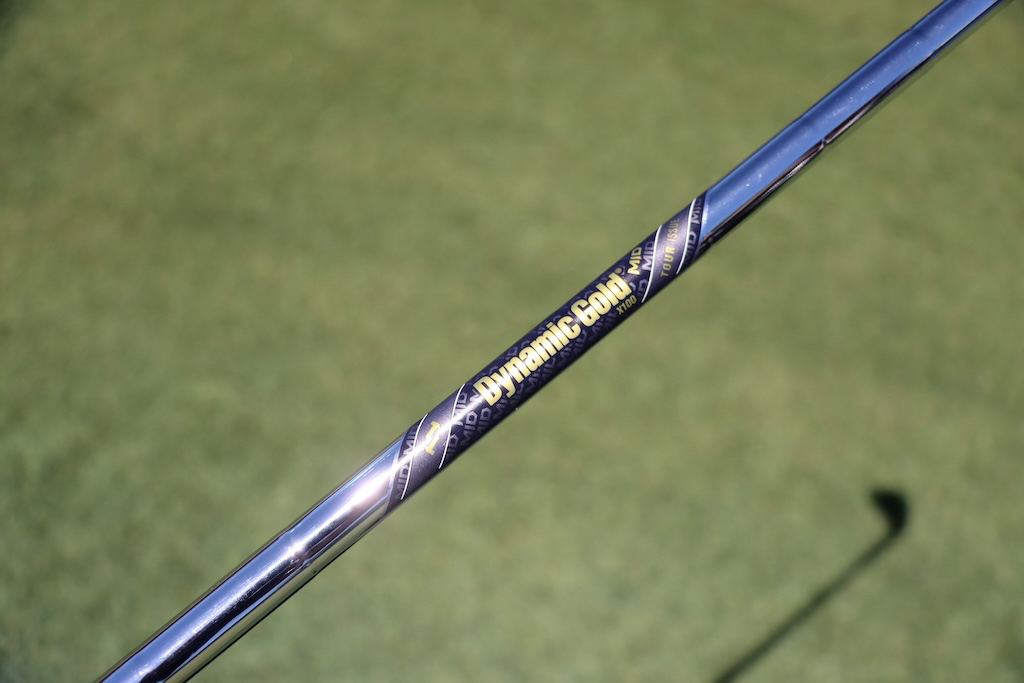
Wedges: Cleveland RTX6 ZipCore Tour Rack (50-10 MID, 54-10 MID, 58-10 MID, 60-06 LOW)
Shafts: True Temper Dynamic Gold Mid Tour Issue X100, S400
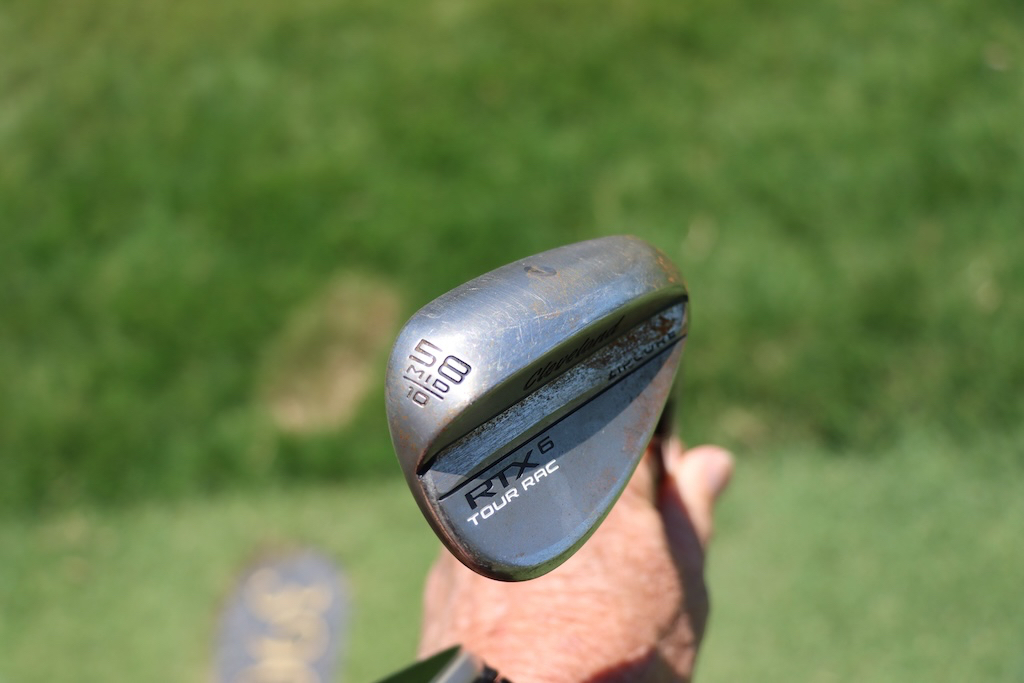
Putter: Scotty Cameron
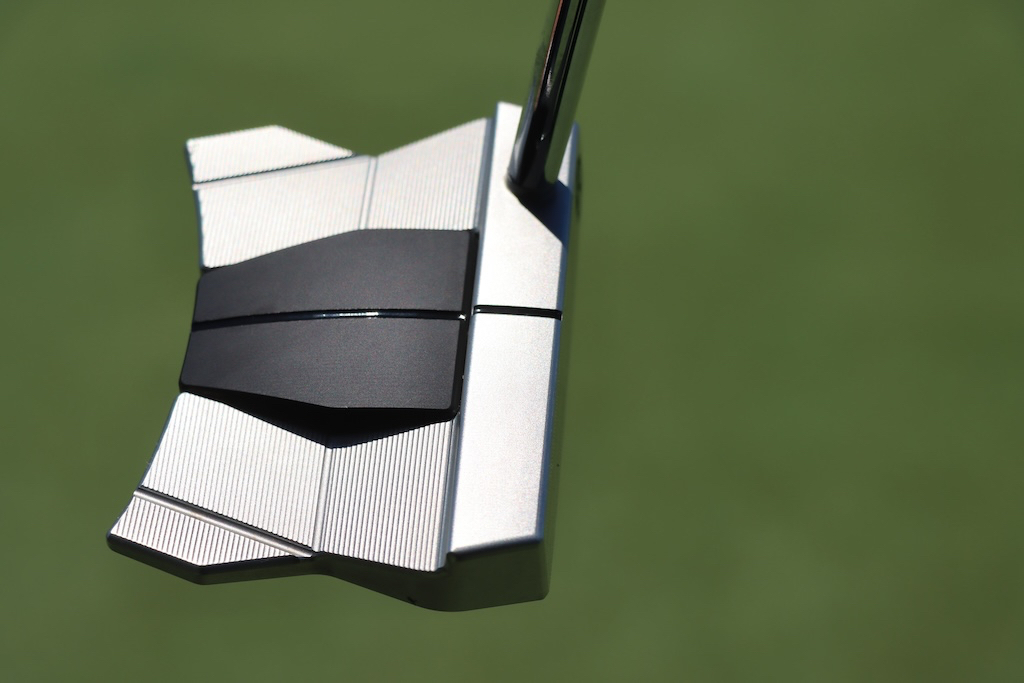
Grips: Golf Pride MCC Plus4
Check out more in-hand photos of Alejandro Tosti’s WITB in the forums.
- LIKE2
- LEGIT0
- WOW0
- LOL0
- IDHT0
- FLOP0
- OB0
- SHANK0
Whats in the Bag
Drew Brees WITB 2024 (April)
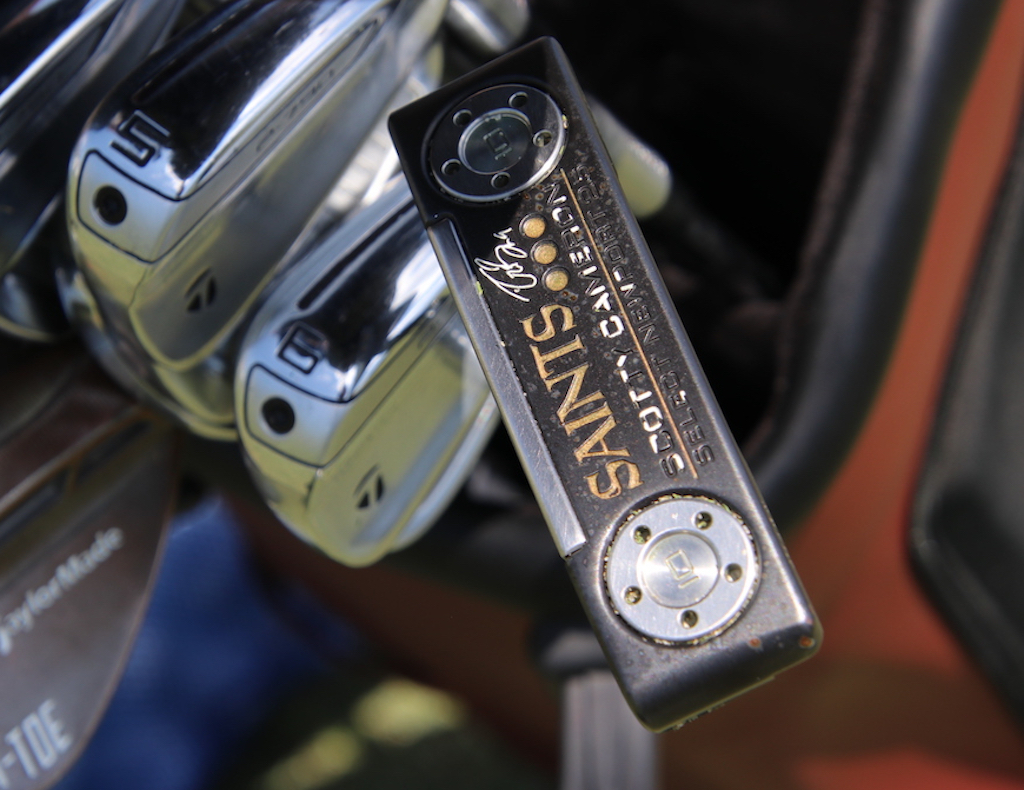
View this post on Instagram
Driver: TaylorMade Stealth 2 Plus (10.5 degrees)
Mini driver: TaylorMade BRNR Mini Copper (13.5 degrees)
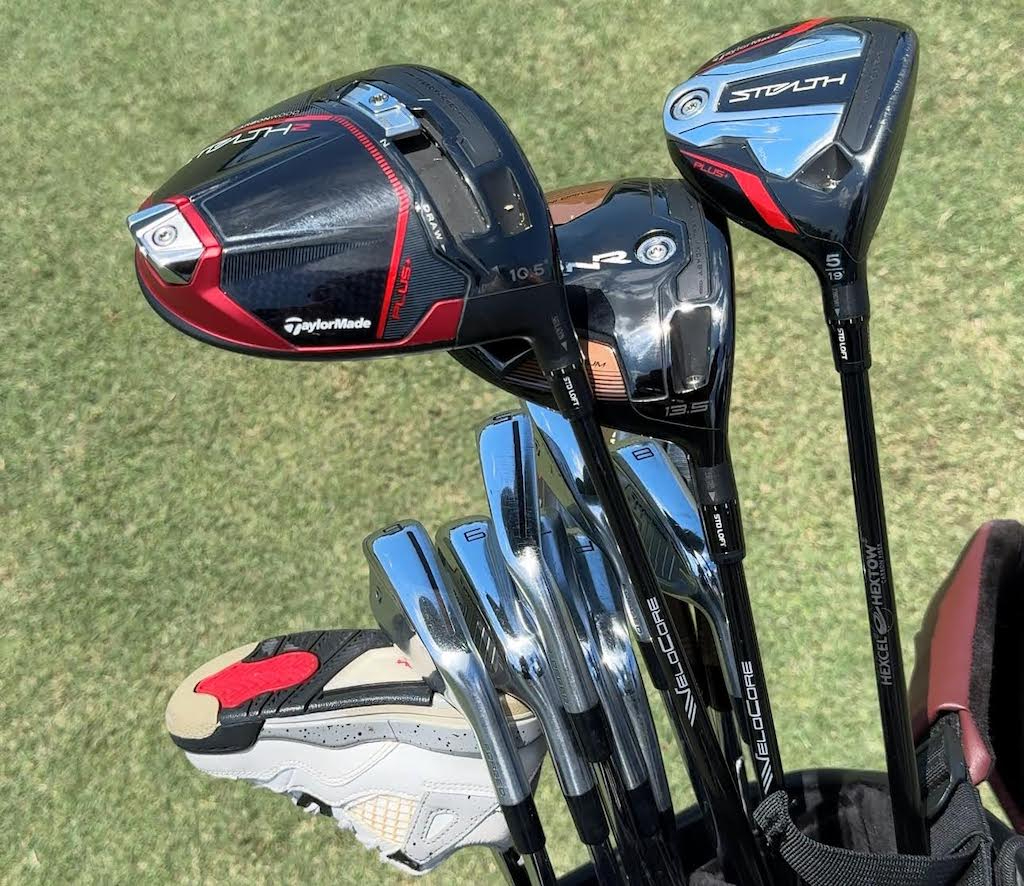
5-wood: TaylorMade Stealth Plus (19 degrees)
Irons: TaylorMade P790 (4-8, PW), TaylorMade P760 (9)
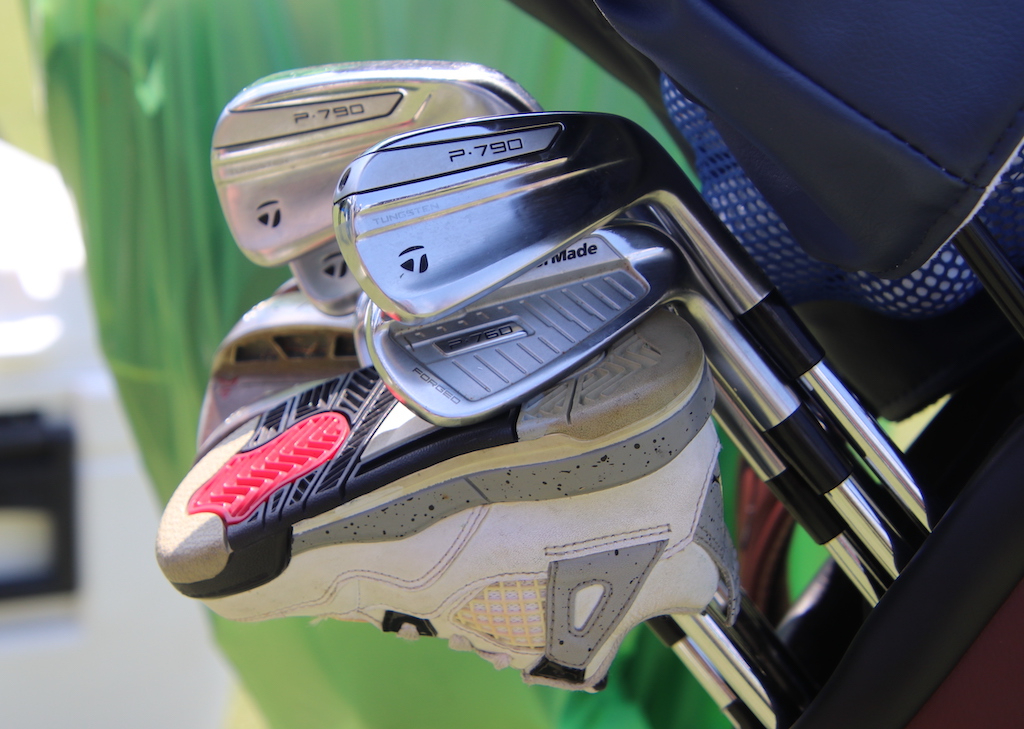
Wedges: TaylorMade MG Hi-Toe (52-09, 56-10, 60)
Putter: Scotty Cameron Select Newport 2 Prototype

Check out more in-hand photos of Drew Brees’ clubs here.
- LIKE1
- LEGIT0
- WOW0
- LOL0
- IDHT0
- FLOP0
- OB0
- SHANK0
-

 19th Hole2 weeks ago
19th Hole2 weeks agoDave Portnoy places monstrous outright bet for the 2024 Masters
-

 19th Hole4 days ago
19th Hole4 days agoJustin Thomas on the equipment choice of Scottie Scheffler that he thinks is ‘weird’
-

 19th Hole2 weeks ago
19th Hole2 weeks agoTiger Woods arrives at 2024 Masters equipped with a putter that may surprise you
-

 19th Hole3 days ago
19th Hole3 days ago‘Absolutely crazy’ – Major champ lays into Patrick Cantlay over his decision on final hole of RBC Heritage
-

 19th Hole2 weeks ago
19th Hole2 weeks agoTwo star names reportedly blanked Jon Rahm all week at the Masters
-

 19th Hole1 week ago
19th Hole1 week agoReport: LIV Golf identifies latest star name they hope to sign to breakaway tour
-

 19th Hole2 weeks ago
19th Hole2 weeks agoNeal Shipley presser ends in awkward fashion after reporter claims Tiger handed him note on 8th fairway
-

 19th Hole1 week ago
19th Hole1 week agoBrandel Chamblee has ‘no doubt’ who started the McIlroy/LIV rumor and why



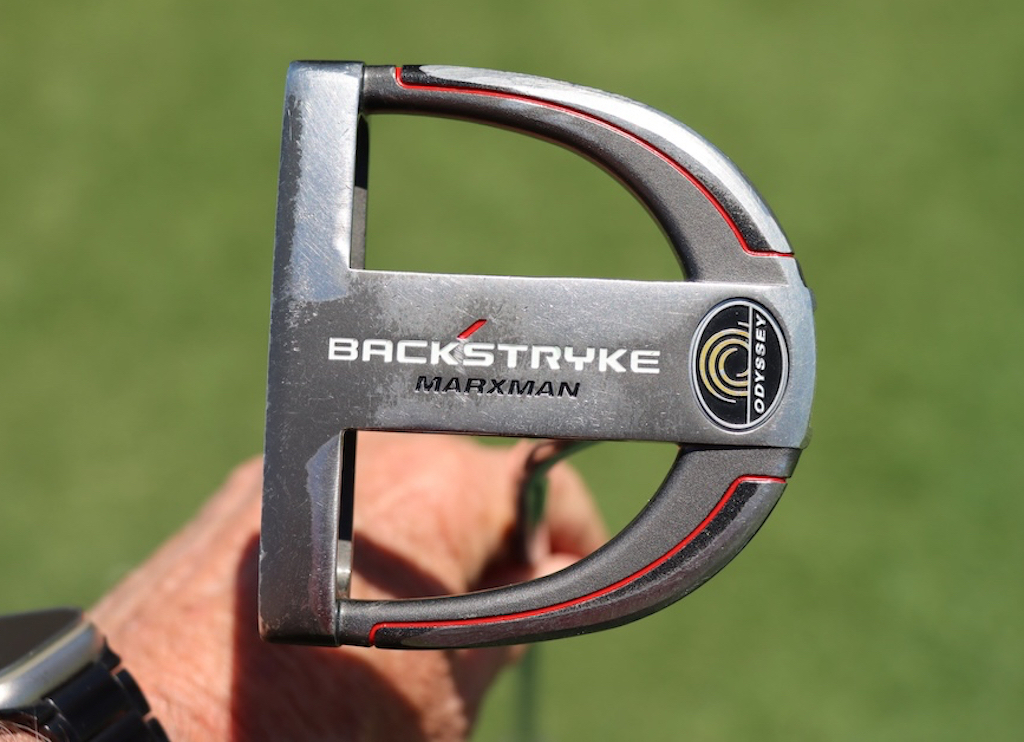













WTH
Dec 13, 2020 at 12:35 am
You should start with which putter blade vs mallet and which neck configuration gets you best aligned to target at address.
Pulleyjk
Dec 7, 2020 at 5:25 pm
Ok fine. Now how do I determine if my stroke is straight or an arc? By the way I look at the hole during the stroke. Thanks for any help, I need it!
Ron Whitmore
Dec 7, 2020 at 5:19 pm
There are also toe-drop mallet putters on the market offering the best of both worlds for golfers.
Bob Pegram
Dec 8, 2020 at 2:01 am
And there are face balanced blade putters available as well. The MAJORITY of blades are not face-balanced and a rough estimate of 2/3 of mallet putters are face balanced. This article is too simplistic. The author should have explained how to test a putter to see if it is face balanced. It is easy. Just hold the putter in a horizontal position. find the balance point on the shaft where the putter stay on your finger. Then turn the face so it points skyward. If it will stay in that position without the toe turning downward it is face-balanced. Otherwise it is a toe-down putter – some at 45 degree or another angle, some straight down – 90 degrees.
ChipNRun
Dec 12, 2020 at 12:13 am
From what I have seen, it is easier to find face-balanced putters in mallets. I play the Ping Sigma G Tyne, a face-balanced one.
I had been trying to go SBST with a blade putter – an older Slotline Inertial – but it wasn’t faced balanced and I sometimes missed to right.
One thing on SBST, you have to let your right (trail) shoulder pendulum-release underneath for SBST to work. Any horizontal rotation and it doesn’t work.
A hard-to-find face-balanced mallet is one that’s center shafted. I tried one that a playing partner was using, and one in a golf shop. Interesting feel.
Tom Newsted
Dec 7, 2020 at 7:23 am
I think another part of this is the type of greens you play on. If you play a faster drier green the blade may be a better option but like Mr. Garcia said getting fitted and finding the putter that fits your game and not the putter you see on TV is critical.
Michael L Garcia
Dec 5, 2020 at 5:43 pm
Well I’m old enough to remember when today’s so called “blade” putters were considered anything BUT a blade. The Ping Anser was the furthest thing away from a blade putter one could imagine. Back in those days the Ping putters were known as Heel/Toe designs. Hardly a blade. A blade putter is what Phil plays. Heel shafted flange. 8802 style. No cavity, no heel weighting, no toe weighting. Just hilarious to me how sometimes the golf world can change things up. Rant over, thank you.